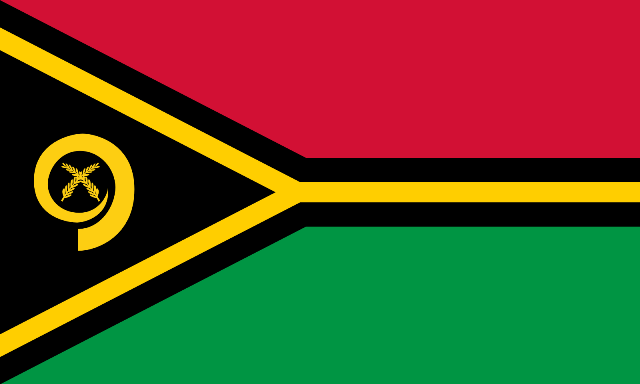Flags of Countries in Oceania
Australia
The British flag, i.e. the flag of the former colonial rulers, is depicted in the upper left of the Australian flag. The star below with the seven points stands for the seven provinces of Australia. On the right side you can see the constellation “Southern Cross”, which can be seen in the southern hemisphere.

Fiji
The flag on the left is reminiscent of the colonial days of the British, the blue color stands for the Pacific and the British lion in the coat of arms of Fiji holds a coconut, which stands for Fiji.

Federated States of Micronesia
The four stars represent the four states that make up the Federated States of Micronesia.

Kiribati
The sun over the waves of the white-blue Pacific symbolizes the equator that runs through the Kiribati archipelago. The frigate bird stands for freedom.
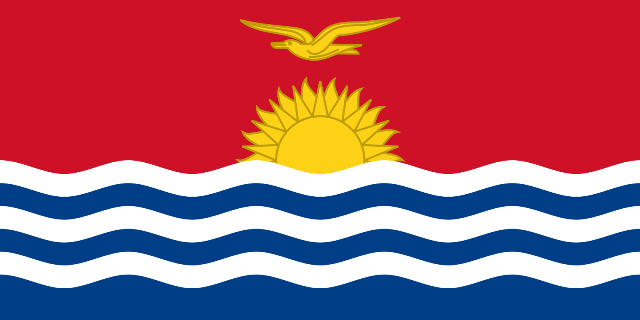
Marshall Islands
The parallel stripes in white and red stand for the two island chains, the Ratak and Ralik groups. The star symbolizes the administrative areas of the country and the cross Christianity.
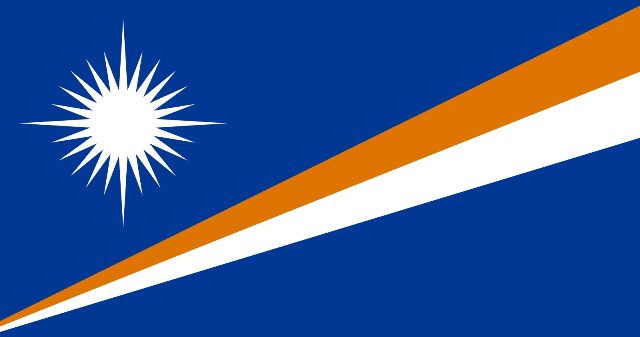
Nauru
The star with the twelve stars stands for the former twelve tribes of the island. The yellow line should symbolize the equator, because Nauru is only a little south of the equator.

New Zealand
In the upper part you can see the flag of Great Britain, which was a colonial power in New Zealand for a long time. The rest of the stars designate the “Southern Cross”, a constellation that you can see in New Zealand all year round.

Palau
The blue color stands for the Pacific Ocean, because Palau is in the Pacific. But blue also stands for the country’s independence. Yellow symbolizes the full moon, but also peace.
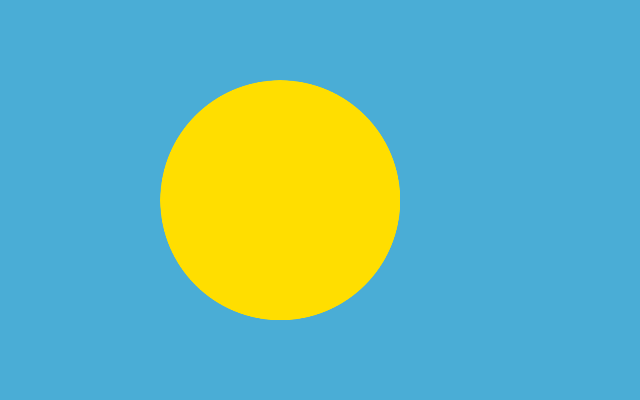
Papua New Guinea
The five white stars form the constellation “Southern Cross”. You can see this in the southern hemisphere of the earth. You can only find the Bird of Paradise in Papua New Guinea.

Solomon Islands
The five stars stand for the five districts of the country that once existed. Blue represents the Pacific Ocean as well as frequent rain. Yellow symbolizes the sun and green the many tropical forests of the islands.

Samoa
Red stands for courage, white for purity and blue for freedom. The stars that you see in the top left of the flag mark a constellation called “Southern Cross”. This should refer to the location of the islands in the southern hemisphere.

Tonga
Tonga’s flag originally looked like the flag of the Red Cross. This has been changed so that there is no confusion. The red color is supposed to stand for the blood that Jesus Christ shed on the cross. The red cross itself used to be in the middle, now it’s in the top left.

Tuvalu
At the top left is the flag of Great Britain, because Tuvalu was a British colony for a long time. Blue stands for the sea and the nine stars for the nine islands that make up the small Pacific state.
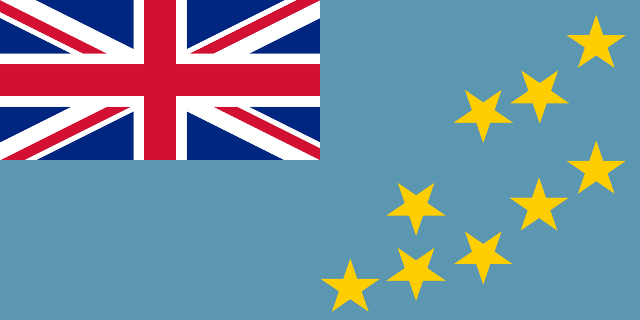
Vanuatu
The four colors are symbolic of the people, the islands, the earth and the sun. On the black field on the left you can see a curved boar tooth, which stands for wealth.
